Big cats, members of the Panthera genus, are among the most formidable predators in the animal kingdom. These majestic creatures that include tigers, lions, leopards, and jaguars, have developed remarkable adaptations that have enabled them to thrive in diverse environments across the globe. From the dense jungles of India to the vast savannas of Africa, big cats have evolved unique features and behaviors that not only ensure their survival but also make them apex predators in their respective habitats. This article explores 11 incredible adaptations that help big cats navigate and survive the challenges presented by the wild.
Stealth and Camouflage
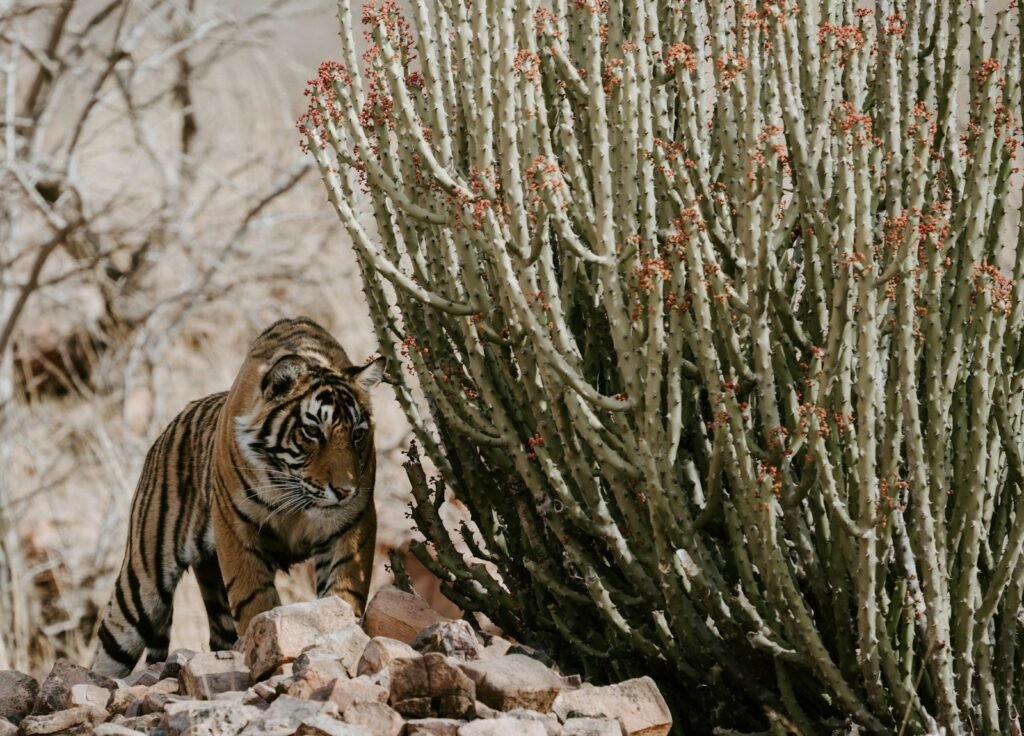
Stealth and camouflage are fundamental adaptations for big cats, allowing them to blend seamlessly into their environments. The leopard, for instance, possesses a beautifully spotted coat that helps it disappear into the dappled sunlight of the forest floor or among tall grasses. Tigers, on the other hand, sport vertical stripes that mimic the shadows and light of their jungle habitats, providing the perfect disguise when stalking prey. This natural camouflage is crucial for sneaking up on unsuspecting prey, providing the element of surprise that is often the difference between a successful hunt and going hungry.
Enhanced Senses
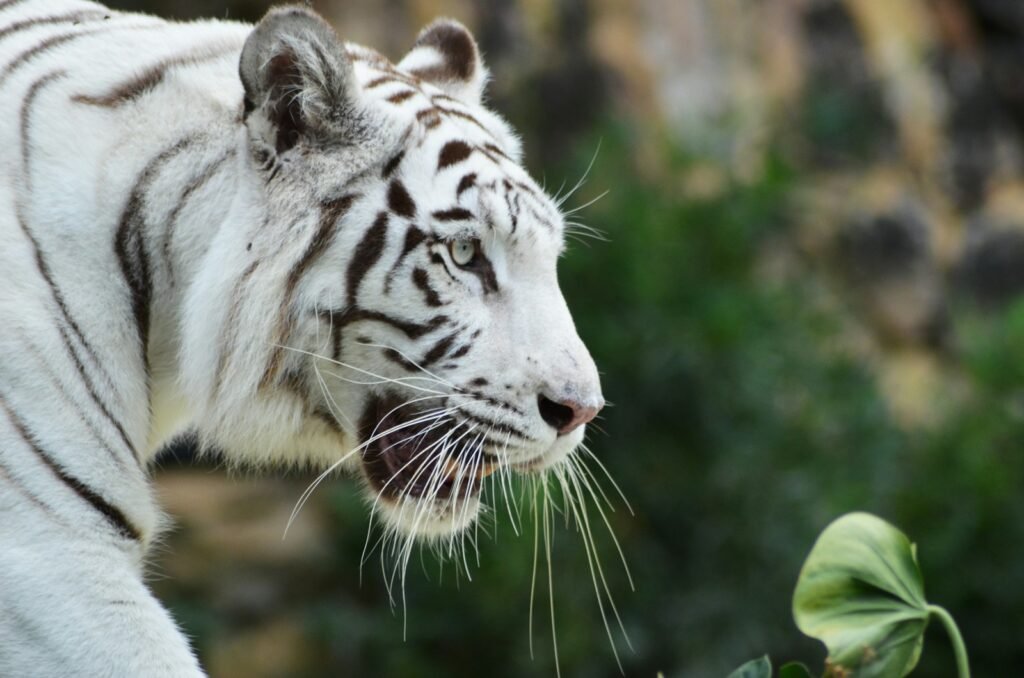
Big cats are equipped with highly developed senses that give them an edge over other predators and prey. Their eyesight is particularly acute; most big cats have night vision that allows them to hunt effectively under the cover of darkness when their prey least expects an attack. Their hearing is equally exceptional, capable of detecting sounds inaudible to human ears. This auditory sharpness helps them identify and locate potential prey from significant distances, even in dense vegetation where visibility is limited.
Powerful Physique
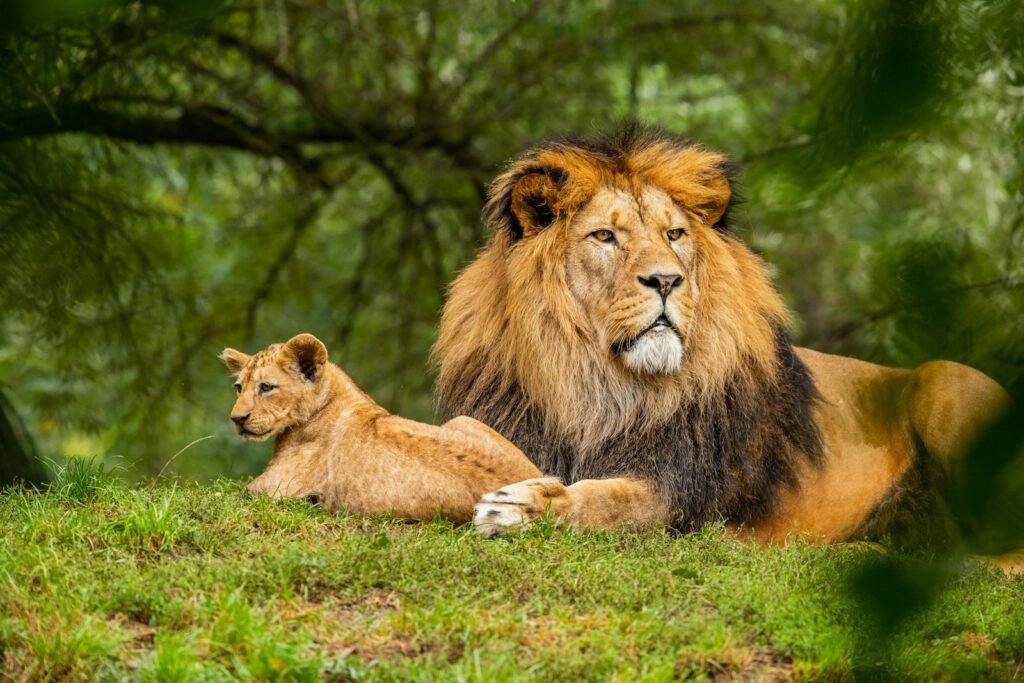
A notable aspect of big cats is their powerful physique, designed for strength and agility. Lions, for example, possess muscular builds that enable them to take down large prey like buffalo with relative ease. Their strong forelimbs and sharp claws provide the grip needed to capture and subdue prey. Jaguars, the most powerful biters among big cats, can deliver a forceful bite directly through the skull of their prey, showcasing the incredible power housed in their stocky builds.
Adaptable Diets
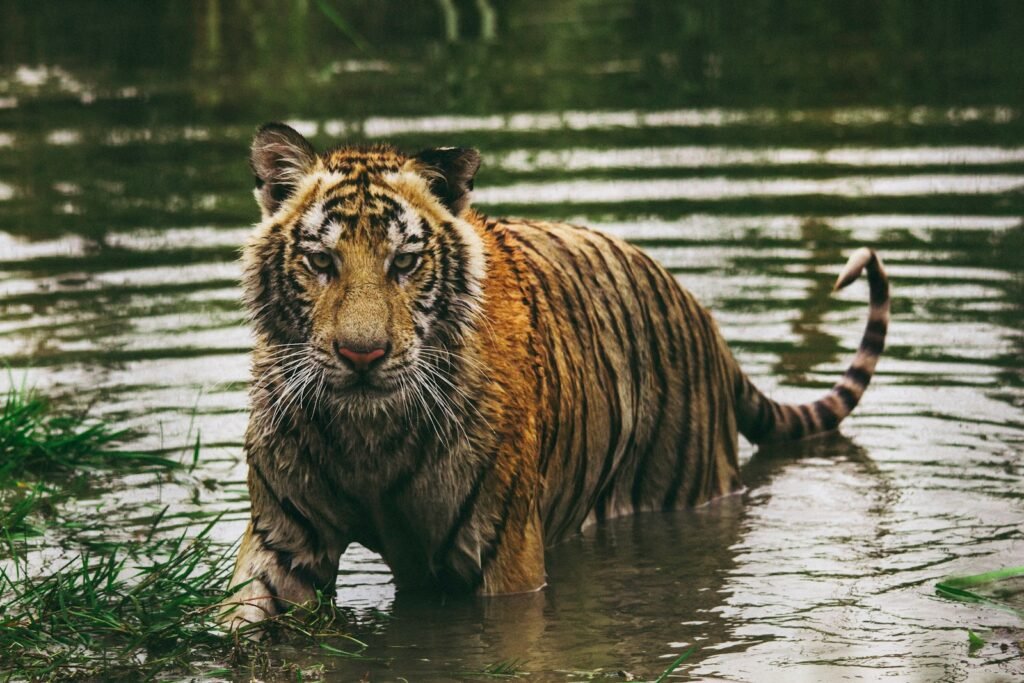
Big cats have evolved to adapt their diets based on the availability of prey within their ecosystems. While species like lions may prefer larger mammals such as antelopes and zebras, they are also known to scavenge for carcasses when necessary. Conversely, leopards showcase their dietary adaptability by hunting both large and small animals, ranging from rodents to ungulates, ensuring that food scarcity rarely affects their survival.
Social Structure and Cooperation
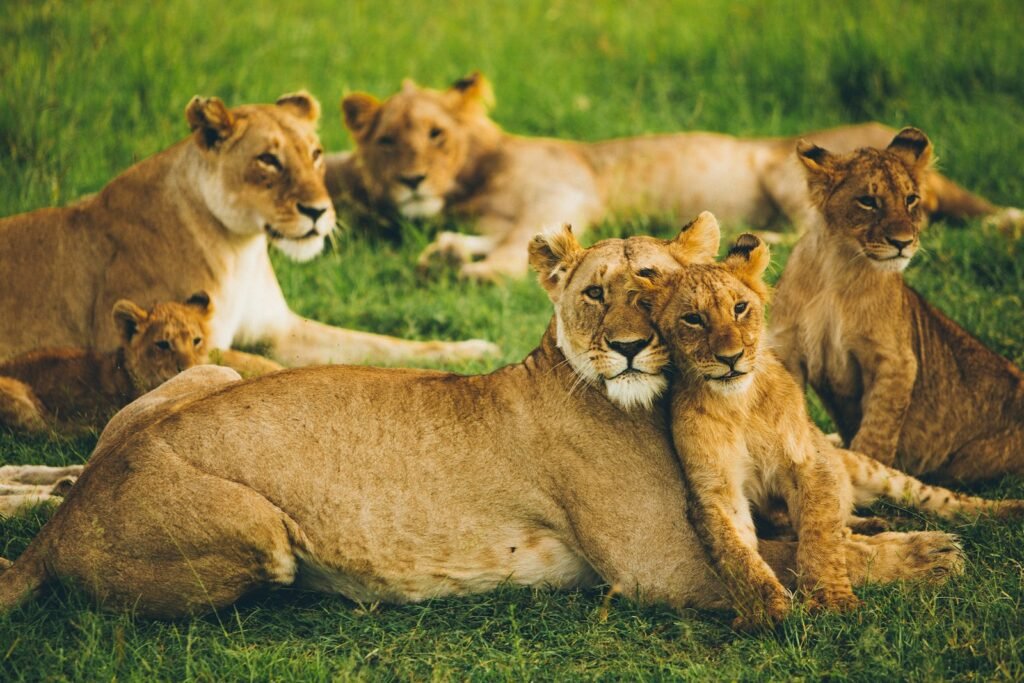
While most big cats are solitary, lions have developed a social structure that sets them apart. Formed in pride groups, lions cooperate in hunting, which amplifies their ability to take down larger prey. This social behavior not only aids in food acquisition but also provides protection against rival predators and ensures the safety of their young. Such social structures highlight how cooperation can be an effective evolutionary strategy for survival.
Territorial Marking and Communication
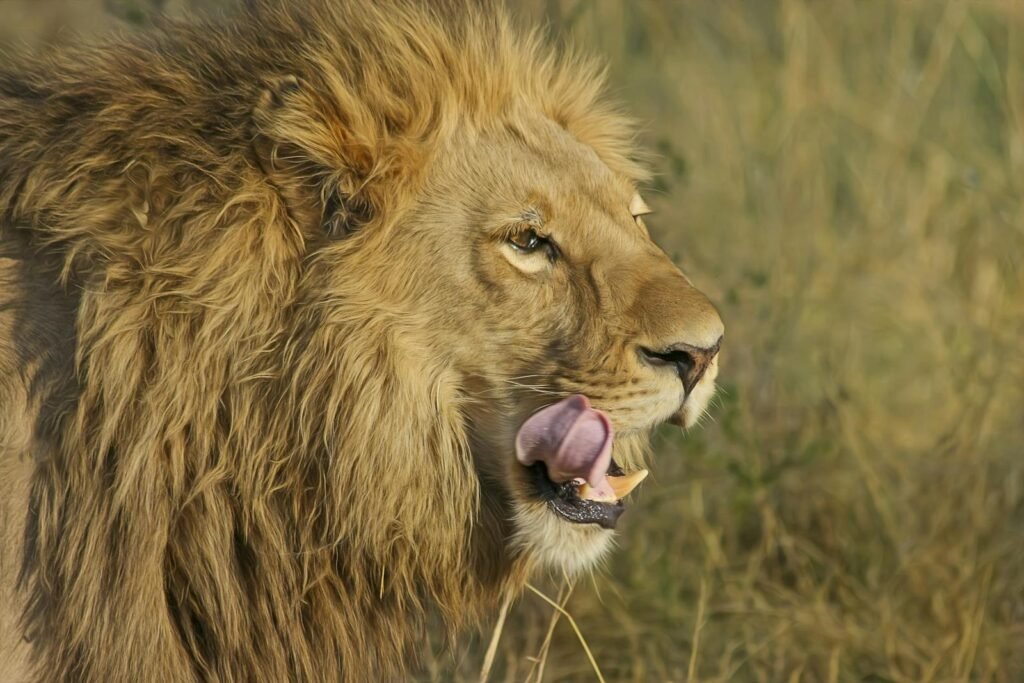
Territorial marking is a critical behavior that big cats use to establish and maintain control over a specific geographical area. Through scent markings made from urine or feces, cats communicate their presence to both rivals and potential mates. Vocalizations, such as the lion’s iconic roar or the leopard’s rasping call, are also essential communicative tools for maintaining territory and social hierarchy, further solidifying the big cat’s dominance within its range.
Agility and Speed
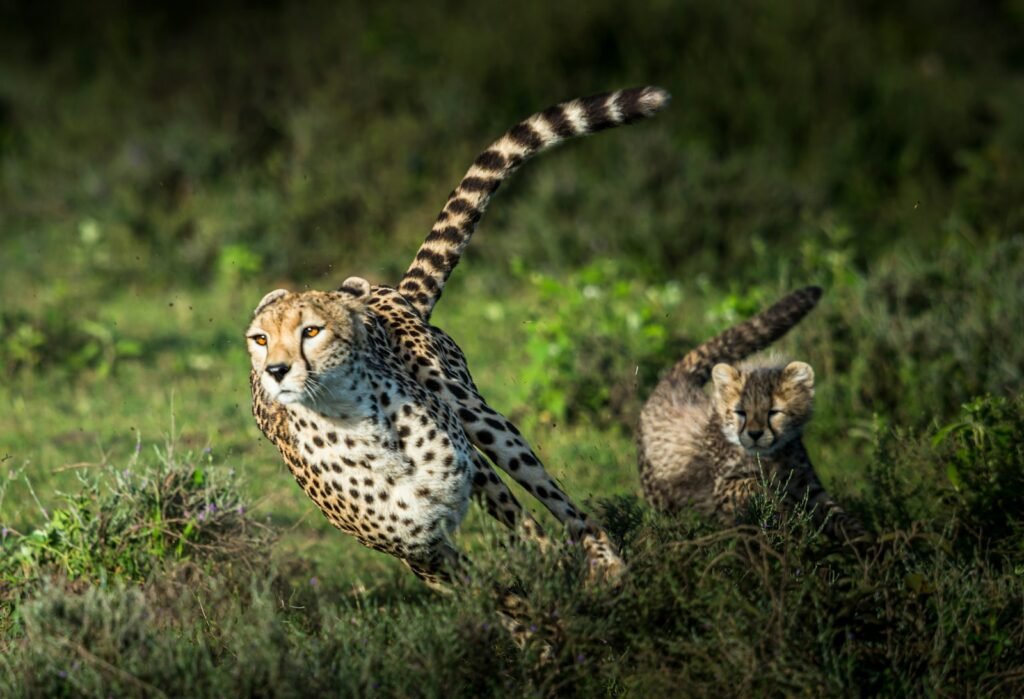
Agility and speed are vital adaptations that big cats leverage during hunts. The cheetah, distinguished by being the fastest land animal, can accelerate from 0 to 60 mph in mere seconds, allowing it to outrun prey in short bursts. Leopards, although not as fast, are incredibly agile and adept climbers, often dragging prey up into trees to avoid scavengers. Such agility ensures that big cats can chase and conquer prey in varying terrains.
Reproductive Strategies
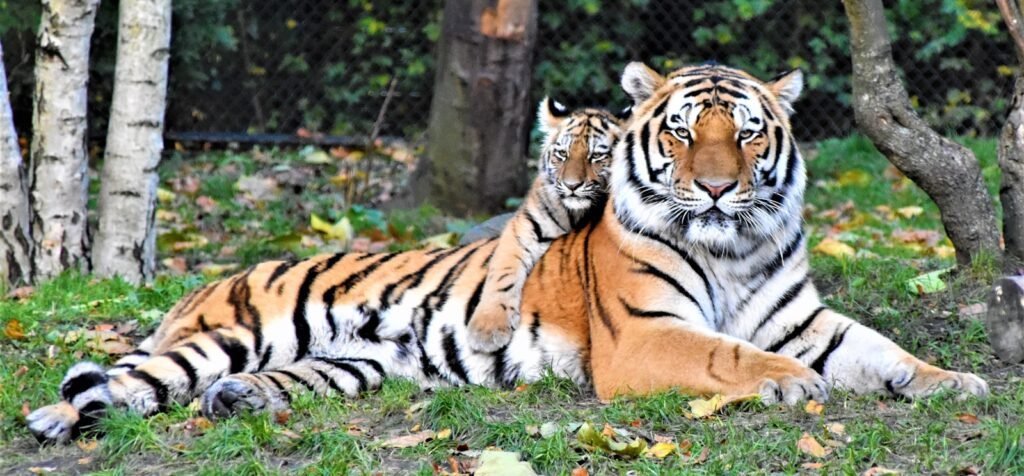
Reproductive strategies in big cats are tailored to ensure the survival of their offspring in the wild. Female tigers, for example, maintain and fiercely protect territories that provide ample resources for them and their cubs. Additionally, many big cat mothers are highly nurturing, teaching their young essential survival skills such as hunting and territorial defense, which increases the survival rate of the next generation.
Incredible Resilience and Adaptability
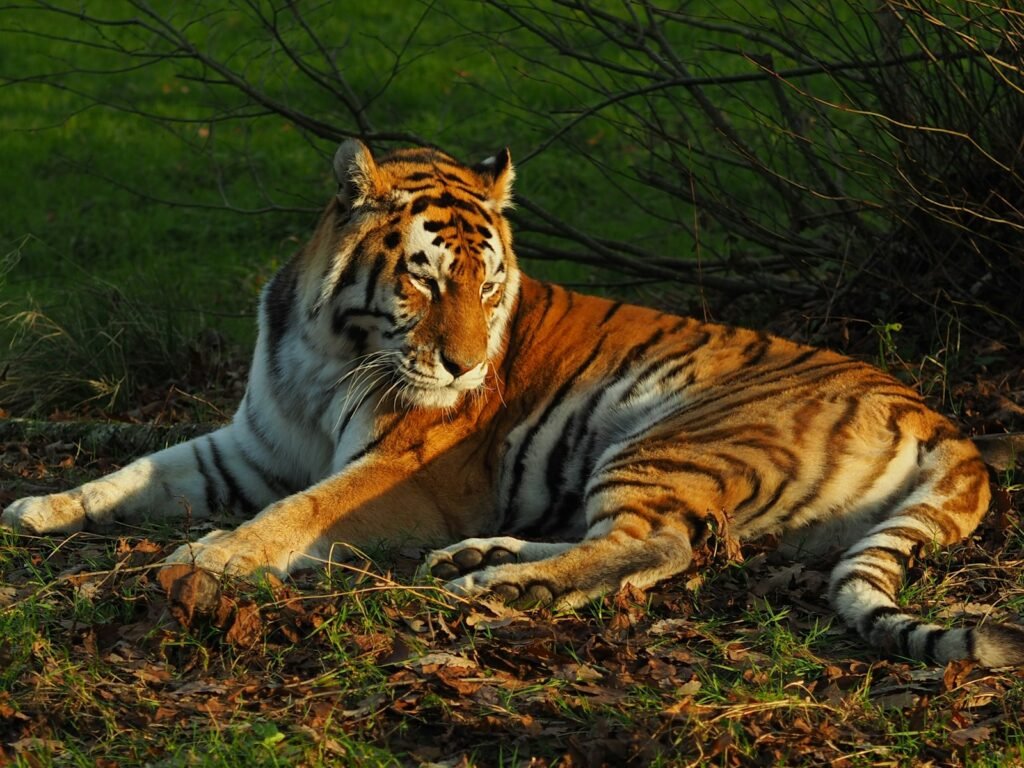
Big cats exhibit an incredible ability to adapt to changing environments, a trait that underscores their resilience. They can endure harsh climates, from the cold Siberian wilderness where the Amur tiger resides, to the dry, arid landscapes that the African lion may traverse. This resilience is vital for withstanding environmental changes that might otherwise threaten less adaptable species.
Conclusion
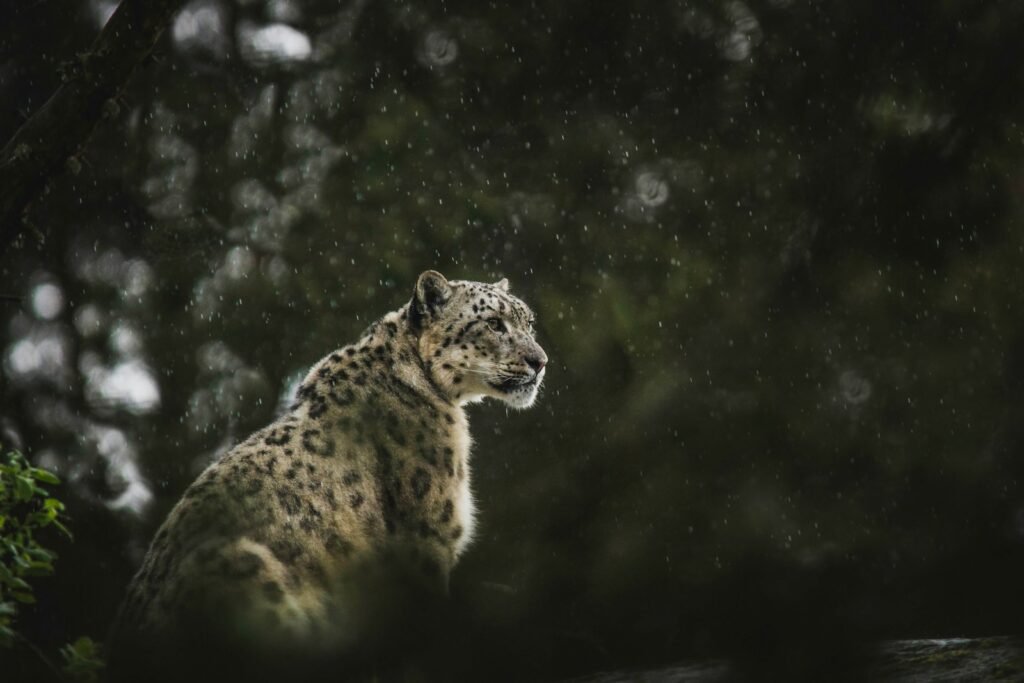
Each adaptation mentioned is a testament to the evolutionary marvel that is the big cat. These predators possess a rich suite of skills that not only underline their importance within ecosystems but also highlight the evolutionary processes that have shaped their existence. Humans have much to learn from these majestic creatures, from their sensory perceptions to their social structures. Appreciating and understanding these incredible adaptations is crucial for the conservation efforts needed to protect big cats and ensure their continued survival in the wild.

Growing up traveling and experiencing new cultures and wonders, I have had a passion for nature, adventuring, photography, and videography. I am currently working towards a BSc in Biodiversity and Ecology at Stellenbosch University, and I hope to specialise in Marine Sciences one day.
Please send any feedback to Feedback@animalsaroundtheglobe.com





